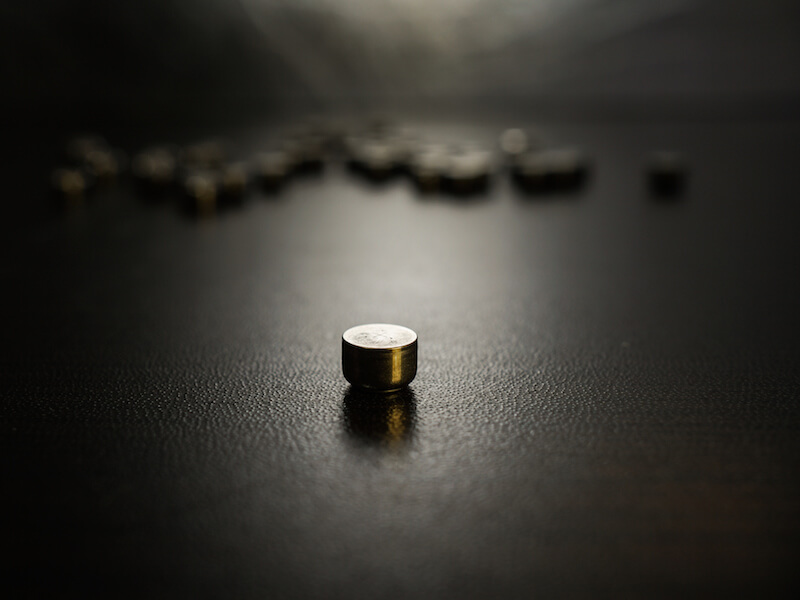
From phones to cameras to music players, how we power our electronics has progressed. A robust, rechargeable hearing aid battery is finally realizing the hopes of hearing aid manufactures to replace the antiquated disposable power sources of the past.
Disposable hearing aid batteries have traditionally been the power source of choice among manufacturers, with size 312 batteries serving as one of the more common battery types. The most prominent form of this battery, now, is “zinc-ion”.
Disposable Hearing Aids Have a Disadvantage
The presence of air impacts a zinc-air battery, as the name indicates. Regarding the 312 batteries used in many hearing aids, the user needs to pull a little tab off the back of the battery before it is activated and operational.
They will start draining power the moment they are completely oxygenated. That means power is start to drain whether the user is ready for it or not.
Most users regard the length of life to be the most significant disadvantage of disposable batteries. With 312 batteries, the user could be changing the batteries in their hearing aids about 120 times every year because they die in 3 to 12 days according to some reports.
Because of this, besides needing to purchase 120 batteries, the user will have to switch and correctly dispose of batteries at least two times a week. That’s most likely over $100 in batteries from a cost outlook alone.
Rechargeable battery Advancements
Rechargeable hearing aid technology has advanced to the point where it’s now a practical solution and that’s great news for individuals who use hearing aids.
The vast number of people would use rechargeable hearing aids if given an alternative according to some research. Until recently these models have traditionally struggled to provide a long enough charge to make them practical. But modern rechargeable batteries will hold a charge all day without requiring a recharge.
Users won’t see significant cost savings by changing to rechargeable batteries, but where they will see an obvious improvement is in quality of life.
These new models provide less frustration on top of maintaining a 24 hour charge because the user doesn’t have the burden of continuously changing out the batteries. They just need to put the battery on the charger.
When a disposable battery nears the end of its life it won’t run your hearing aid at full power. And you can’t determine how close the battery is to quitting. So the batteries might die at the precise moment that a user needs them the most which could even put them in peril. A faulty battery will not only lead to a safety hazard, it could cause the user to miss key life moments.
Hearing Aids Come in Different Types
There are distinct advantages to each of the different materials that rechargeable batteries are made of. The ability to hold a charge for 24 hours is one reason why integrated lithium-ion batteries are one practical option that manufacturers supply. You may be surprised to learn that this same type of technology is what charges and powers your smart-phone.
Another kind of modern rechargeable battery is a silver-zinc. This revolutionary technology was originally manufactured for NASA’s Apollo missions to the moon. With this technology, even your existing hearing aids can most likely be updated to run on rechargeable batteries. These batteries, similar to lithium-ion, will also last all day before needing to be recharged.
There are also models that let you recharge the hearing aid without removing the battery at all. For these, users will place the entire hearing aid into a charging station when they sleep or at another time when the device isn’t in use.
While each of these rechargeable solutions offers significant benefits over disposable batteries, each option should be carefully vetted to get a complete picture and to discover if it’s right for you.
Check out our hearing aid section if you’re looking for more information about what battery would be best for you or any other info about hearing aids.
